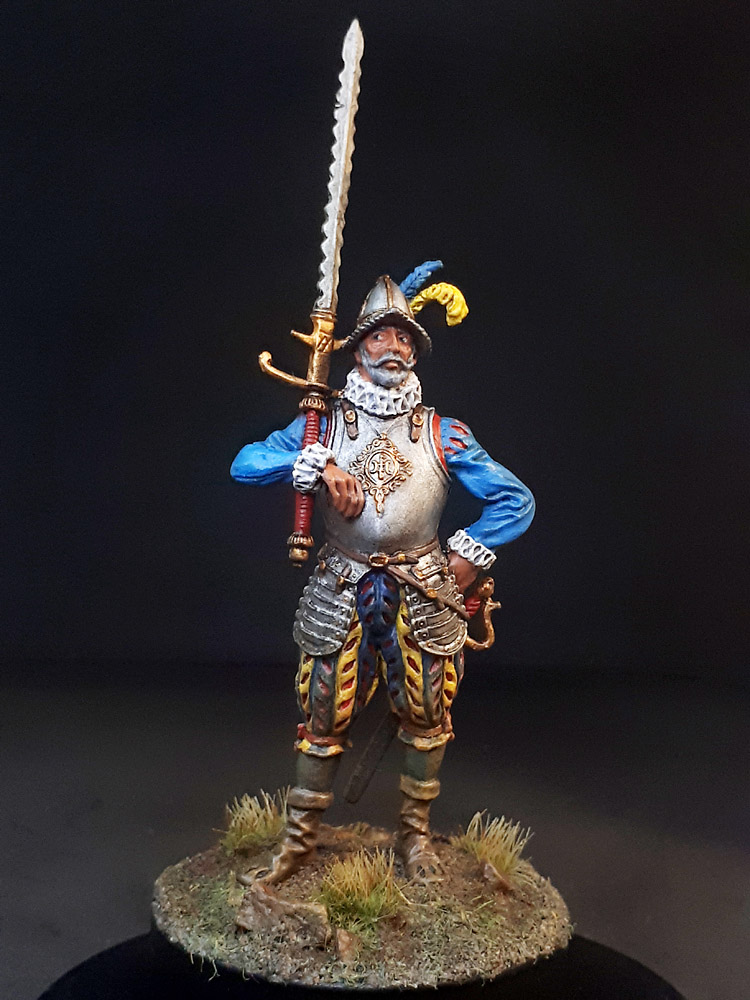
Some early 16th C European soldier’s bore a long, heavy, two-handed and two-edged sword capable of causing the most serious of injuries.
Quote from Medieval Armies in Western Europe
“Impressive huge and heavy swords, named espadon, flamberge, zweihander, schweizerdegen or anderthalb hand, large 2 handed swords almost as high as a man. Fitted with a strong blade, broad guard and a long grip to be held with both hands”
Veterans who fought in the forefront, had decent armor and received twice as much money. Such “sword masters” with one sweep of the weapon fled the enemy. But there were comparatively few of these soldiers “on double pay” – one among about thirty pikemen and halberds.
These swords represent the final stage in the trend of increasing size that started in the 14th century. In its developed form it acquired the characteristics of a polearm rather than a sword due to the large size and weight and therefore increased range and striking power.
Consequently, it was not carried in a sheath but across the shoulder like a halberd.
